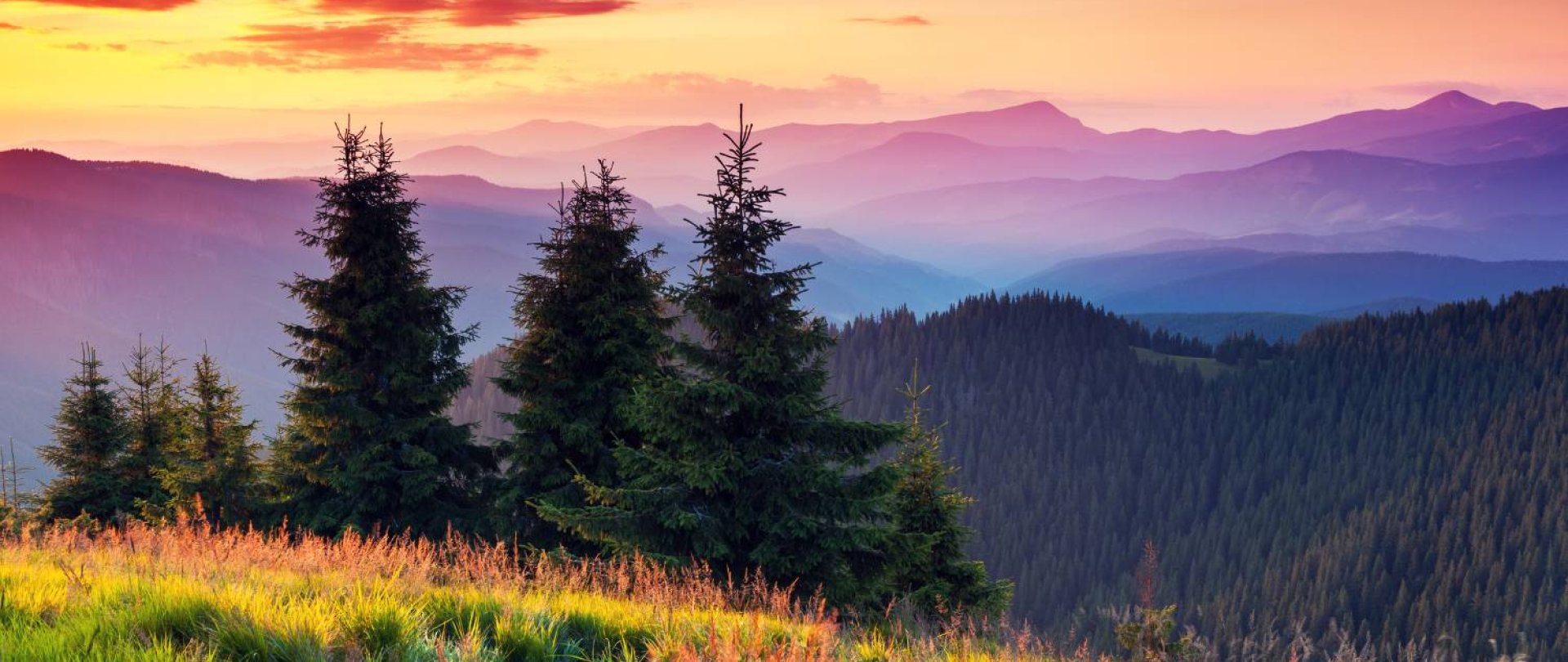Polish mountains have been captivating tourists for centuries. Majestic peaks, the murmur of mountain streams, clean air, and spring waters with healing properties have turned some of the most beautiful mountain towns into spa resorts. Which mountain town to choose for a vacation?
When thinking about mountain resorts, the following towns come to mind: Zakopane, Krynica-Zdrój, Karpacz, Wisła, Bukowina Tatrzańska, Szklarska Poręba, Świeradów-Zdrój, and Szczawnica. Each of them offers something different and unique. Thanks to their uniqueness, tourists, even if they wanted to go to the mountains every year, will not get bored.
Mountain resorts – history
Before discussing the attractions of Polish mountain resorts, it is worth briefly stopping to consider their history. Polish mountain resorts, such as Zakopane, Krynica-Zdrój, or Szczawnica, gained popularity already in the 19th century and have since been an important part of Poland's culture and tourism.
The development of Zakopane as a tourist and leisure center began in the second half of the 19th century. The first hotel was opened in 1873, and in 1889, a road connecting Zakopane with Krakow was built, significantly improving access.
Krynica-Zdrój has long been known for its numerous mineral water springs. The first bathing facility was opened in 1858, and in the following years, Krynica gained popularity as a place for treatment and relaxation.
Szczawnica also gained popularity due to its medicinal waters. In 1839, Józef Szalay contributed to the development of Szczawnica as a resort by building the first bathing facilities and developing infrastructure.
Wisła – a resort and the most beautiful town in the mountains
The tourist potential of Wisła was discovered by Prince Ludwik Anhalt Coethen in 1810 while traveling to Barania Góra. In the late 19th century, thanks to the efforts of people like Julian Ochorowicz and Bogumił Hoff, Wisła gained popularity due to its climatic qualities, attracting notable figures such as Bolesław Prus and Władysław Reymont. In the interwar period, under the auspices of the Silesian voivode Michał Grażyński, it was transformed from a village into a thriving resort, developing infrastructure, accommodation facilities, and cultural life.
The post-war period saw further development of Wisła, reflected in the construction of infrastructure, expansion of hotel facilities, and organization of cultural events like the Beskidy Culture Week. Wisła gained city rights in 1962. The development of sports infrastructure, including the construction of a ski jump in Malinka, and the restoration of Zameczek to the character of the residence of the Presidents of Poland, marked its place on Poland's tourist map.
TOP 3 mountain towns
Zakopane, Karpacz, Białka Tatrzańska – if we were to check the number of searches on Google for mountain resorts, these cities were the most searched by Internet users a few years ago.
Zakopane, known as the winter capital of Poland, attracts tourists with its picturesque ski trails. Kasprowy Wierch, Gubałówka, and Morskie Oko are the highlights of this place.
Karpacz, located at the foot of the Karkonosze Mountains, boasts the proximity of Śnieżka. Additionally, this town attracts with unique landmarks, such as the wooden Wang church, brought from Norway in the 19th century.
Białka Tatrzańska, nestled in a valley between the Tatra and Pieniny Mountains, is a popular skiing destination, known for well-prepared downhill slopes and modern ski lifts, perfect for skiers of all levels. Białka is also associated with a complex of thermal pools with medicinal waters.
Wisła "Pearl of the Silesian Beskids", or the mountain resort of Adam Małysz
However, in recent years, Wisła, made famous by Adam Małysz, the "Eagle from Wisła", one of the world's greatest ski jumpers, has gained importance.
Wisła, called the pearl of the Silesian Beskids, delights with its picturesque location in the Silesian Voivodeship, near the border with the Czech Republic and Slovakia. The town stretches from 392 to 1220 meters above sea level, hidden in valleys and slopes, making each corner unique and charming.
Wisła is famous for being the source of the longest Polish river, offering extraordinary views and the opportunity to commune with unspoiled nature. Lake Czerniańskie, a drinking water reservoir, adds to the town's charm.
The rich highland culture, visible in architecture and local traditions, combines here with religious pluralism, making Wisła a unique place in this regard as well. An additional attraction is the ski jump in Malinka, where World Cup competitions take place.
With its natural, cultural, and sports wealth, Wisła is an ideal place for anyone who wants to relax and recharge in the heart of the mountains.
Hospitality in Wisła
Thanks to all these circumstances, Wisła as a tourist destination is gaining more and more renown. This affects the continuous expansion of the hotel base in Wisła. Tourists can choose from accommodations of various standards, from private rooms to guesthouses to spa hotels. One such establishment that has become an integral part of the city is the Vestina Hotel located in charming Malinka, near the ski jump, slopes, and beautiful mountain trails. The facility underwent modernization in 2022. Guests can relax in modern interiors and enjoy a cozy spa area. The hotel is also praised for its delicious, diverse breakfast options.
Summary
In conclusion, mountain resorts in Poland offer an incredible variety of attractions, ensuring that every tourist, regardless of preferences, will find something for themselves. From picturesque hiking and biking trails, through historical landmarks and cultural sites, to modern ski resorts and thermal pools – Polish mountains captivate with their uniqueness and beauty. Wisła, with its rich history, highland culture, and sports attractions, including the ski jump in Malinka and the legendary "Eagle from Wisła" Adam Małysz, is one of the most interesting places on Poland's tourist map.



